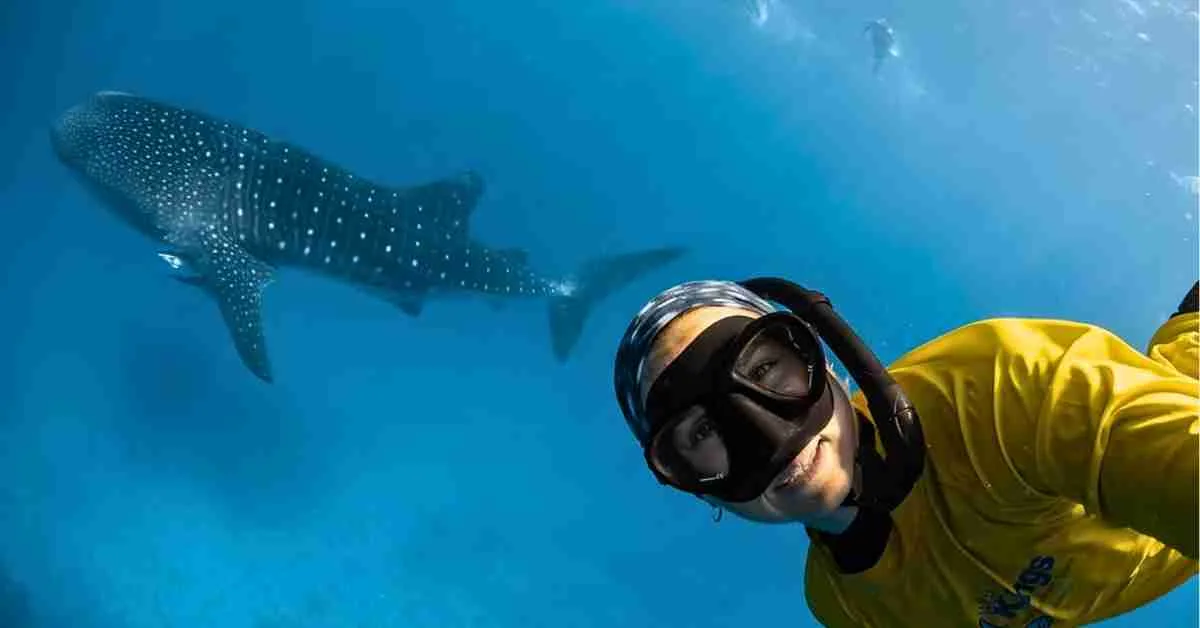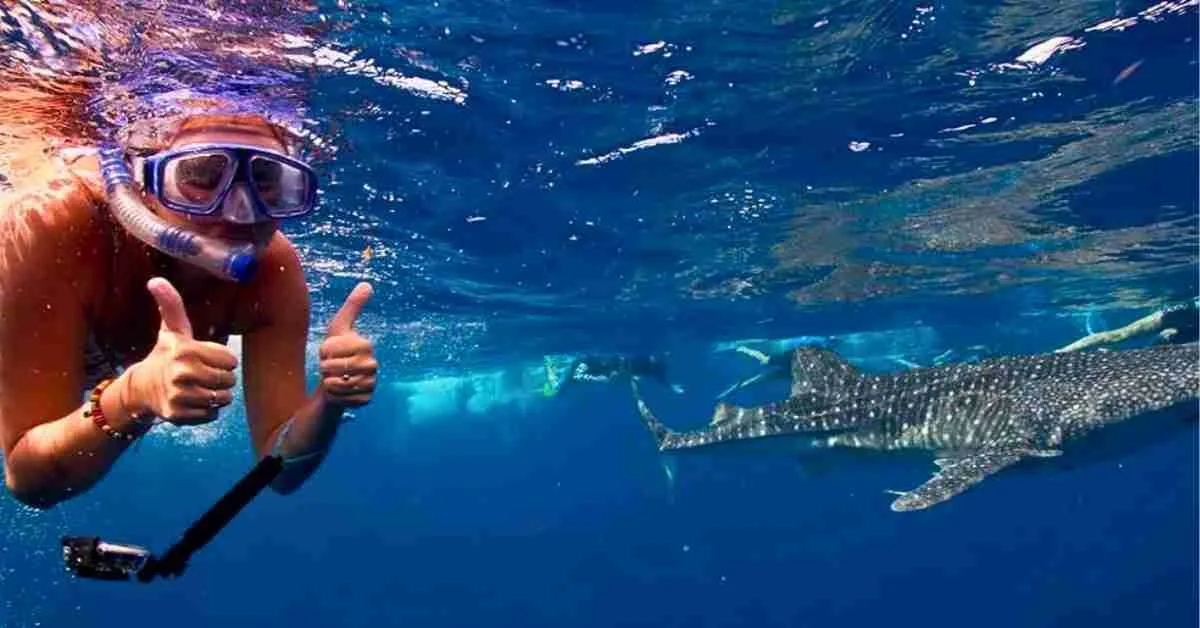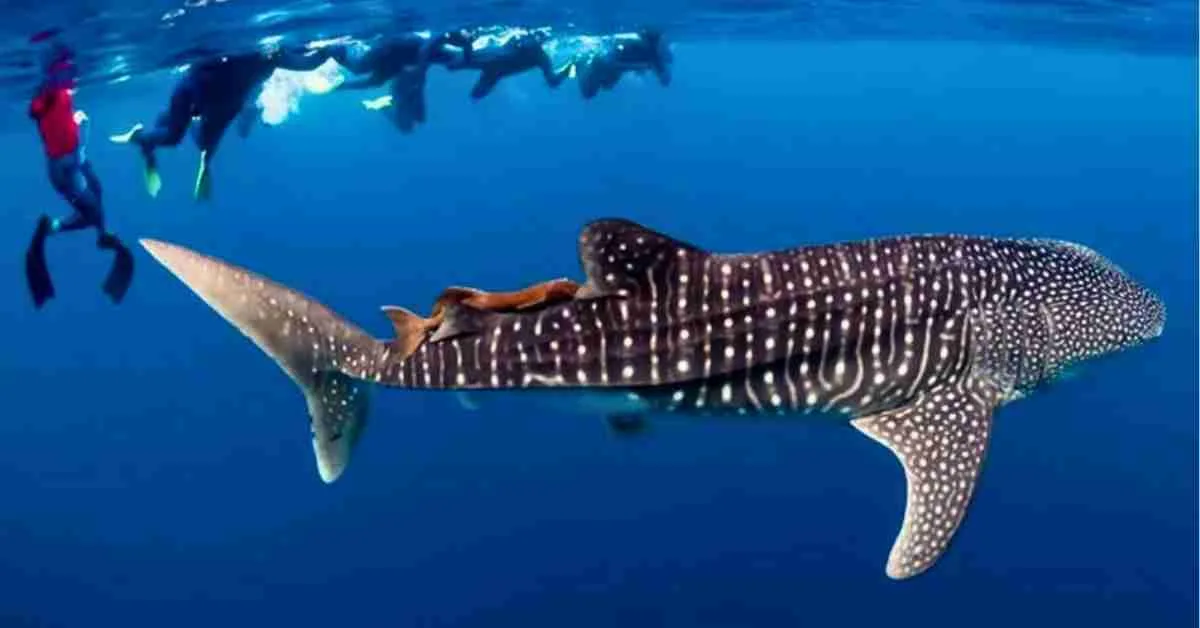
How to Get Close to Whale Sharks in WA
Whale sharks in WA offer one of the most breathtaking wildlife encounters on the planet. These gentle giants, the largest fish in the sea, gather in the Ningaloo Reef each year, providing a unique opportunity for snorkelers and divers to swim alongside them. If you’ve ever dreamed of getting up close with whale sharks in WA, this guide will help you plan the perfect experience while respecting these magnificent creatures.
Why Swim with Whale Sharks in WA?

Western Australia is one of the best places in the world to encounter whale sharks. The Ningaloo Reef, a UNESCO World Heritage Site, attracts these majestic animals between March and August. WA offers reliable sightings in crystal-clear waters unlike other locations, making it ideal for beginners and experienced snorkelers.
Additionally, the eco-friendly tours in WA prioritize responsible interactions, ensuring that whale sharks are not disturbed. By choosing a licensed operator, you contribute to conservation efforts while enjoying an unforgettable adventure.
Best Time to See Whale Sharks in Western Australia

Timing is crucial for a successful whale shark encounter. The peak season runs from March to August, when these filter-feeding giants migrate to the Ningaloo Coast to feast on plankton. However, depending on ocean conditions, sightings can sometimes extend into August or September.
To maximize your chances :
- Book in advance – Tours fill quickly, especially during school holidays.
- Check seasonal reports – Operators often share updates on whale shark activity.
- Visit during calm weather – Clear water improves visibility for better encounters.
How to Choose a Whale Shark Tour in WA
Not all tours are created equal, so choosing the right operator guarantees a safe and ethical experience. Here’s what to look for
1. Licensed and Eco-Certified Operators
Only join tours certified by Eco Tourism Australia or similar organizations. These operators follow strict guidelines to protect whale sharks and their habitat.
2. Small Group Sizes
Smaller groups mean less crowding, allowing for a more personal and less disruptive encounter.
3. In-Water Guides
Professional guides help position you correctly, ensuring you don’t touch or block the whale sharks while swimming.
4. Sustainable Practices
Choose companies that support marine research and conservation, such as contributing to whale shark tracking programs.
What to Expect During Your Whale Shark Swim
A typical tour starts with a safety briefing before heading to the reef. Once a whale shark is spotted, you’ll enter the water in small groups. Remember:
- Stay at least 3 meters away – This minimizes stress on the animal.
- Avoid flash photography – It can startle whale sharks.
- Follow the guide’s instructions – They know how to position you for the best view.
Most tours include multiple snorkeling opportunities, so even if you’re initially nervous, you’ll have several chances to swim with these gentle giants.
Tips for an Unforgettable Whale Shark Experience
To make the most of your encounter with whale sharks in WA, follow these expert tips
1. Practice Snorkeling Beforehand
If you’re new to snorkeling, try a few sessions in calm waters to build confidence.
2. Use a Wetsuit for Buoyancy
A wetsuit helps you float effortlessly, reducing fatigue.
3. Bring an Underwater Camera
Opt for a GoPro or a camera with a floating strap to capture the magic without disrupting the whale sharks.
4. Respect Marine Life
Avoid touching coral or chasing other marine animals during your tour.
Other Marine Encounters in WA
While whale sharks are the main attraction, the Ningaloo Reef is teeming with other incredible wildlife:
- Humpback whales
- Manta rays (year-round, best in winter)
- Sea turtles and tropical fish
Some tours even offer combo packages, letting you snorkel with whale sharks and explore the reef’s vibrant ecosystem in one trip.
Make Your Whale Shark Dream a Reality
Swimming with whale sharks in WA is a bucket-list experience that combines adventure, conservation, and natural wonder. Planning, choosing a responsible tour, and respecting marine guidelines will create memories that last a lifetime.
